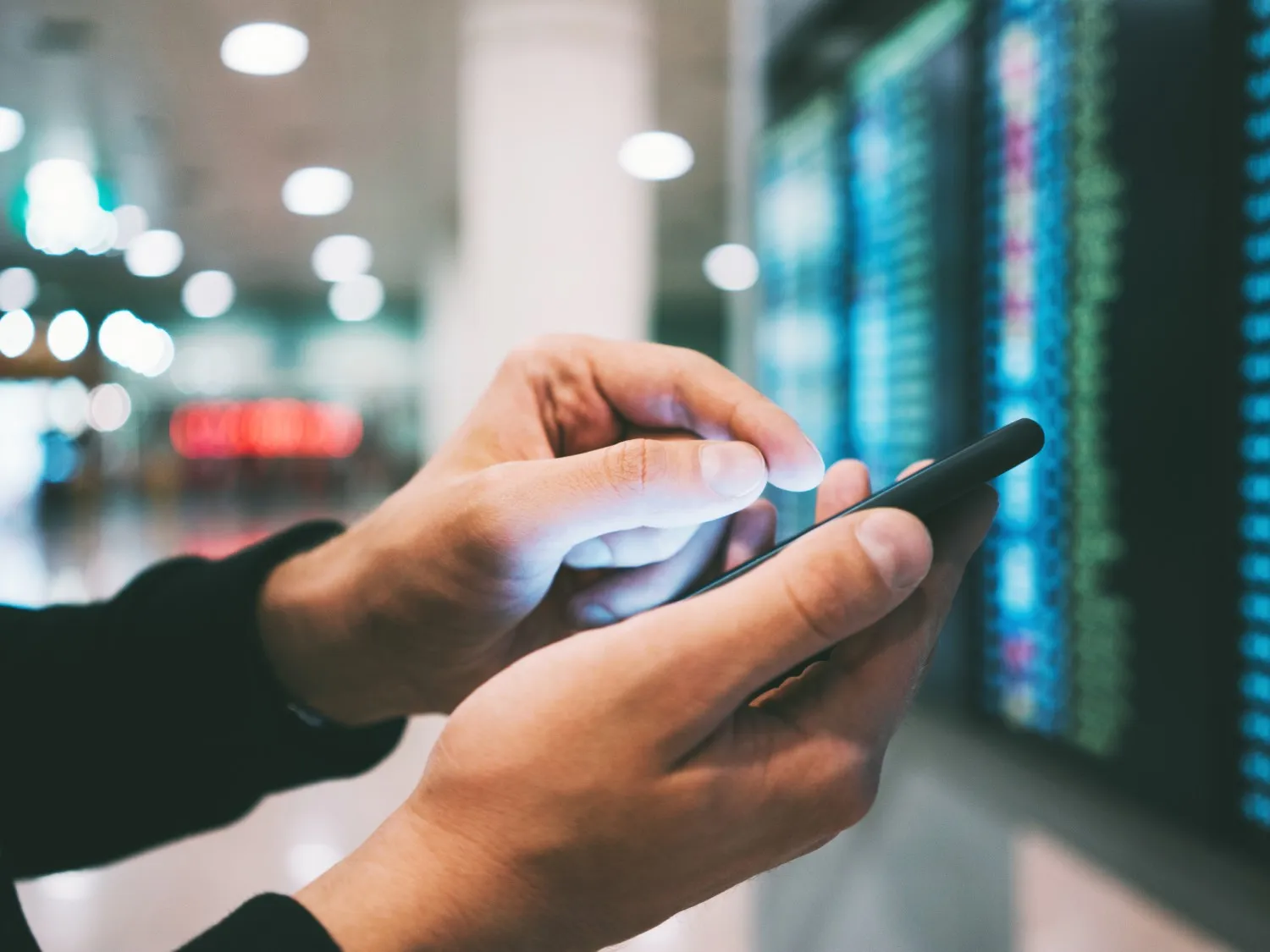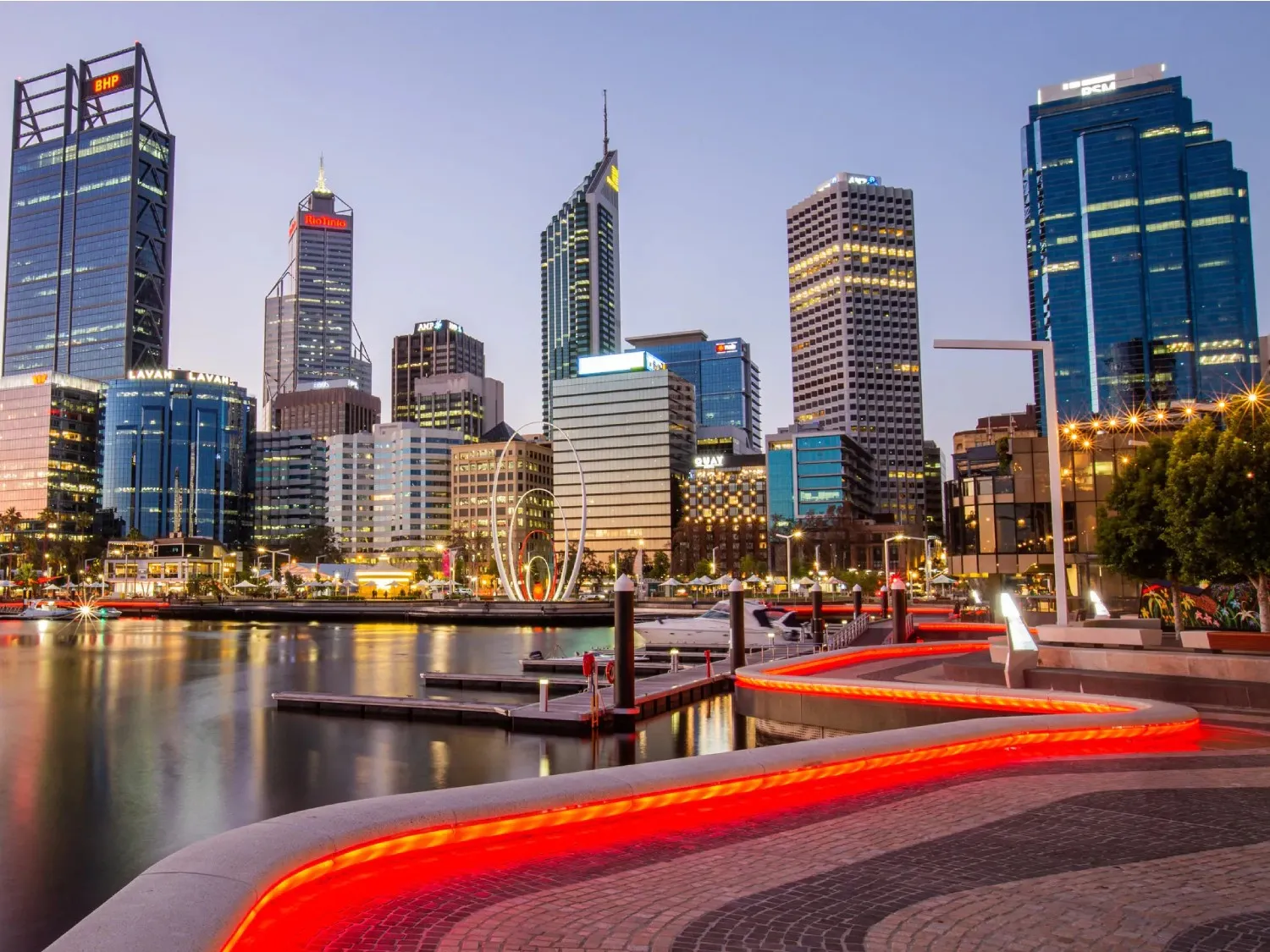Date: 18 November 2020
Over the past decade, there has been robust growth in personal technology and communication in parallel to robust growth in travel. The pandemic has depressed travel severely, but there remains an expectation that the travel and tourism sector is moving forward to provide, through advanced technology, a more convenient and seamless experience that results in better passenger service, reduced time in transit and greater profitability for travel-related businesses.
Although estimates vary on when domestic and international travel will return to normal, governments and the travel industry should be poised now to meet the resumption of demand and maximize efficiencies through the adoption of biometrics. This is not only for the benefit of future travel after conditions normalize but to meet the current safety needs of those still traveling.
Biometric facial-recognition solutions for airport check-in require no contact with another individual and offer additional capabilities, including temperature checks. Biometric bag drop also limits the number of interactions travelers may have with airport crew or customs officials by automating and securing the passenger's data.
And biometrics provide a speedier trip through the airport. Although physical distancing of 6 feet between people has become necessary, space limitations become less problematic when travelers move through them at a quicker pace.
That's why biometrics are so critical at this moment. Touchless solutions and privacy-by-design biometrics play a critical role in restoring traveler confidence and significantly reduce the risk of the spread of the virus.
Biometrics will work at every point of the journey to make traveling easier and touchless while providing border services with even greater security. The concept of privacy-by-design is critically important in this respect. As a relatively new technology, accountability and transparency about the policies governing the use of biometrics are critical to maintaining public trust.
To support the recovery of the travel and tourism sector, the World Travel and Tourism Council (WTTC), which represents the global travel and tourism private sector, is advocating for swift action through the its Safe & Seamless Traveler Journey (SSTJ) program, which envisages a seamless, safe and secure end-to-end journey, encompassing both air and nonair travel.
The SSTJ program looks toward a future where travelers won't need to provide the same information or documents multiple times. Instead, their experience will be seamless, fast and more enjoyable throughout their entire journey.
To this end, the WTTC has entered into a partnership with Pangiam, a leading security solutions company, to further work on the growth of travel and tourism, specifically surrounding biometrics. With this partnership, both organizations have committed to making the best use of new and emerging technology and established border management principles to deliver an enhanced and touchless international passenger experience globally across borders.
Biometrics will play a critical role in the resumption of travel and restoration of its economic benefits. In 2019, travel and tourism's total contribution to global GDP was $8.9 trillion, a staggering 10.3% of the total. The sector also supported 330 million jobs worldwide, which is every one in 10 jobs, and one in every four new jobs created over the last five years. Clearly, travel and tourism is not only a great partner with governments to create jobs but is among the strongest drivers of economic growth.
The latest projections from the WTTC show that more than 143 million jobs in travel and tourism have been impacted by the pandemic, and economies have seen a $3.8 trillion economic loss. Without strong international coordination, these numbers are set to increase and could possibly reach a loss of 174 million jobs and $4.7 trillion by the end of the year.
Smart money in the industry realizes that rebuilding travel in a safer and more cost-effective manner through biometrics needs to happen. And it needs to happen now.
WTTC Events
Webinar: Regenerating Destinations Through Nature Positive Tourism
Sign up for our next webinar.




